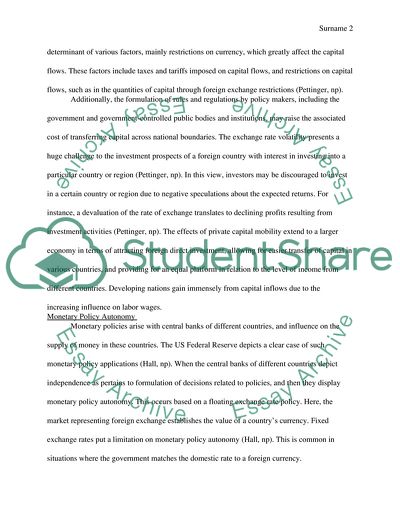Cite this document
(IPE Questions Essay Example | Topics and Well Written Essays - 2250 words, n.d.)
IPE Questions Essay Example | Topics and Well Written Essays - 2250 words. https://studentshare.org/politics/1826945-ipe-questions
IPE Questions Essay Example | Topics and Well Written Essays - 2250 words. https://studentshare.org/politics/1826945-ipe-questions
(IPE Questions Essay Example | Topics and Well Written Essays - 2250 Words)
IPE Questions Essay Example | Topics and Well Written Essays - 2250 Words. https://studentshare.org/politics/1826945-ipe-questions.
IPE Questions Essay Example | Topics and Well Written Essays - 2250 Words. https://studentshare.org/politics/1826945-ipe-questions.
“IPE Questions Essay Example | Topics and Well Written Essays - 2250 Words”. https://studentshare.org/politics/1826945-ipe-questions.


